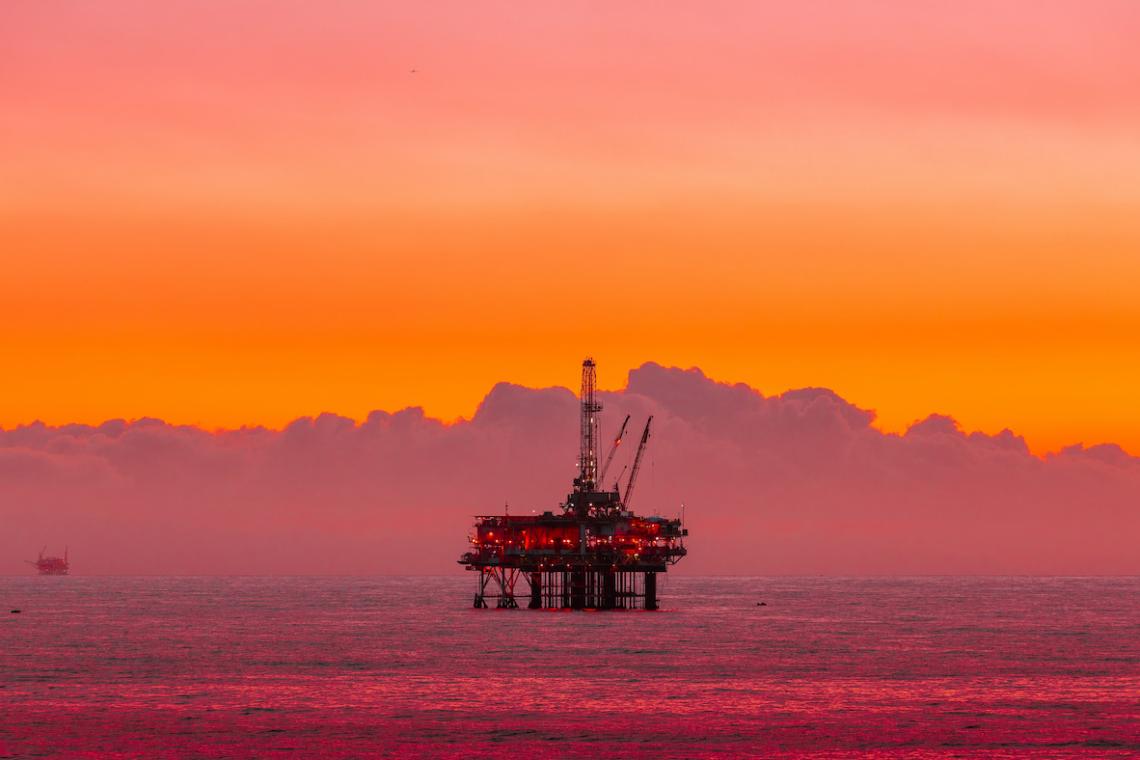The pollution caused by the oil industry is a well-known issue; however, attention is usually focused on the direct impact of burning fossil fuels. An often overlooked but equally important topic is the challenge of waste disposal – how should oil rigs be decommissioned to reduce further environmental impacts? One of the most recent ideas is to convert them into artificial reef structures to aid marine ecosystem restoration, but is this a feasible and effective option?
The oil industry is known for being one of the heaviest polluters of all realms of the environment, with impacts on terrestrial, marine and atmospheric zones. In addition to extensive pollution and environmental disturbance caused during use, oil rigs also have a substantial environmental impact post-use. Decommissioning is long, intricate and multifactorial, involving extensive costs, manpower and many controversial decisions.
With the rapidly intensifying effects of climate change being increasingly felt globally, the drive to convert industry to more sustainable systems and practices is becoming more apparent. Concepts such as the ‘circular economy’ idea, which aims to reduce industrial waste through re-purpose and reuse methods, are gaining traction and appeal, not only due to their environmental benefit but also due to the potential for cost-cutting they present. This is appealing to the industry as the decommissioning process of any engineering structure is usually expensive.
The lifespan of an oil rig varies; however, most fall into the range of 10-20 years. This is enough time for a considerable ecosystem to establish and grow on the rig structure – the platform provides a solid substrate for sessile organisms, such as soft corals and molluscs, to settle and form functional communities. This enhances marine life in areas which are often devoid of other suitable structures, creating additional biogenic reefs which can serve as important habitats for a variety of species. Rig structures have also been found to host higher amounts of fish biomass than surrounding areas, particularly of large pelagic species, due to the shelter and food source they provide.
In addition, an oil rig platform provides a level of protection to marine fauna despite its negative environmental implications. Rigs have even been deemed ‘unofficial MPAs’ by some scientists due to the physical protection they impart – boat traffic, fishing and a host of other anthropogenic activities are restricted in the close vicinity of rigs, indirectly promoting the protection of the species beneath the rig.
This conglomerates into a controversial debate once the oil rig comes to the end of its life. Usually, the goal is to return the environment to its original state, leaving it as before any human interference occurred. But in the case of oil rigs, the removal process can be heavily detrimental to marine life and only make matters worse. Hence, the Rigs-to-Reef initiative has been formed and implemented in Southeast Asia and the USA.

Oil rigs present many environmental hazards, even after decommissioning, such as oil spills and releasing toxic compounds into the marine environment. Dan Cristian Pădureț, Unsplash.
Decommissioning an oil rig entails sealing the well, removing the rig structure, and removing any debris on the seabed. Total removal of oil rigs has been common practice in the past; however, newer approaches include a partial removal method, which encompasses the Reef-to-Rigs approach. This has been formulated in an attempt to integrate the circular economy and sustainability concepts into the decommissioning practice, reducing the oil industry’s overall impact on the environment.
Total removal of a disused rig is costly, practically challenging, and has many indirect environmental consequences. Multiple stakeholders are involved, and environmental, economic and safety concerns must be balanced. Removing the rig structure itself requires dismantling, which can include diamond wire cutting, the use of explosives, and the need for cranes, barges and a multitude of high-tech machinery, all of which emit a considerable amount of greenhouse gases into the atmosphere.
The physical process itself can also disturb local marine life, particularly if explosives are used, meaning total removal is not a sustainable option in many cases. Instead, ‘in-situ’ re-purposing of old rigs is being adopted, converting rigs into artificial reef structures. This avoids the heavy environmental impact of removal, leaves existing ecosystems intact, and is a direct reuse method, conforming to the circular economy concept. In Rigs-to-Reef projects, the outer casing of the oil rig, which cannot be recycled, is left in situ and converted into a structure on which corals and other sessile species can settle and thrive. This forms large reef complexes in areas which may otherwise be devoid of species due to the pelagic setting and lack of solid surfaces on which to grow. Once the basal organisms of a reef have settled, other species are attracted to the site and an ecosystem forms, promoting biodiversity enhancement.
However, the process is more complex than simply leaving a rig in the sea. Rig platforms continue to pollute the ocean after disuse, mainly through the leaching of toxic elements such as heavy metals (mercury, in particular) into the surrounding water column. They also present a safety hazard in the case of leaks from the well and other mechanical issues, and the legal liability for the structure after decommissioning is disputed. The structure must also be monitored and maintained into the future to ensure it is fulfilling its role and having a positive environmental impact. This requires vast amounts of funding, planning, and a solid legislation framework, which is often lacking in many suitable locations and can deter oil companies from pursuing this decommissioning route.
There is also concern over whether it is ethical to leave parts, or entire structures, of oil rigs in natural settings under the guise that they are doing ecological good. Some researchers argue that the overall effect of Reef-to-Rigs is likely neutral or insignificantly beneficial to the marine ecosystem and, hence, is just a guise for oil companies to get away with incomplete and improper clean-up and disposal of their waste.

Oil rig structures provide a hard substrate on which sessile organisms, such as soft corals, can settle and establish functional communities, providing habitat for other species and acting as nursery grounds for juvenile fish. Jimmy Chang, Unsplash.
There is an insufficient body of research to confirm if the Rigs-to-Reef method of rig repurposing is ecologically effective; however, in many cases, it provides a less destructive and smoother transition into sustainability and reuse than other methods. Studies have found that the increased biomass of fish surrounding rig structures may also attract increased fishing, leading to a net loss of fish if sustainable fishing practices are not maintained. The success of an artificial reef also depends on the local conditions, the existing environment and the long-term monitoring and maintenance of the reef. Despite some research suggesting that artificial reefs can function better than naturally occurring biogenic reefs, this is likely only true in areas where other reef forms do not commonly form.
For Rigs-to-Reef projects to be integrated into common practice in oil rig decommissioning, it is clear that more profound research is required, and projects must be treated on a case-to-case basis, with specific plans tailored to address all aspects and stakeholders involved. However, the basic concept provides a sustainable alternative, with less environmental disturbance, than other commonly employed decommissioning practices, such as total removal. It may contribute to conservation efforts on a broader scale in the future.
Main photo: There are over 12,000 offshore oil platforms worldwide. With the growing shift towards more renewable energy sources, the number of rigs undergoing decommissioning will increase in the coming years, along with many environmental implications. Arvind Vallabh, Unsplash.
References
Jagerroos, S. and R Krause, P. (2016). Rigs-To-Reef; Impact or Enhancement on Marine Biodiversity. Journal of Ecosystem & Ecography, 6(2). doi:https://doi.org/10.4172/2157-7625.1000187.
Pereira, E.G., Omotuyi, O., Koenck, A., Obani, P., Gopaulsingh, M. and Mohammed, S. (2023). Decommissioning Offshore Oil and Gas Platforms: Is the Rigs-To-Reefs Program a More Sustainable Alternative? Journal of Sustainable Development Law and Policy (The), [online] 14(1), pp.1–26. doi:https://doi.org/10.4314/jsdlp.v14i1.2s.


